Chocolate, a versatile and beloved ingredient, can elevate a dish to new heights, whether it’s a decadent dessert or a savory entrée. With the right techniques, cooking with chocolate can be a delightful and rewarding experience. In this guide, we’ll explore tips and techniques to help you master the art of cooking with chocolate.
- Choosing the Right Chocolate
- Tempering Chocolate: A Crucial Technique
- To temper chocolate:
- Chocolate in Savory Dishes
- Baking with Chocolate: Tips for Success
- Cocoa Powder vs. Chocolate: Understanding the Difference
- White Chocolate: A Unique Alternative
- Troubleshooting Common Chocolate Issues
- Storing Chocolate: Tips for Longevity
Choosing the Right Chocolate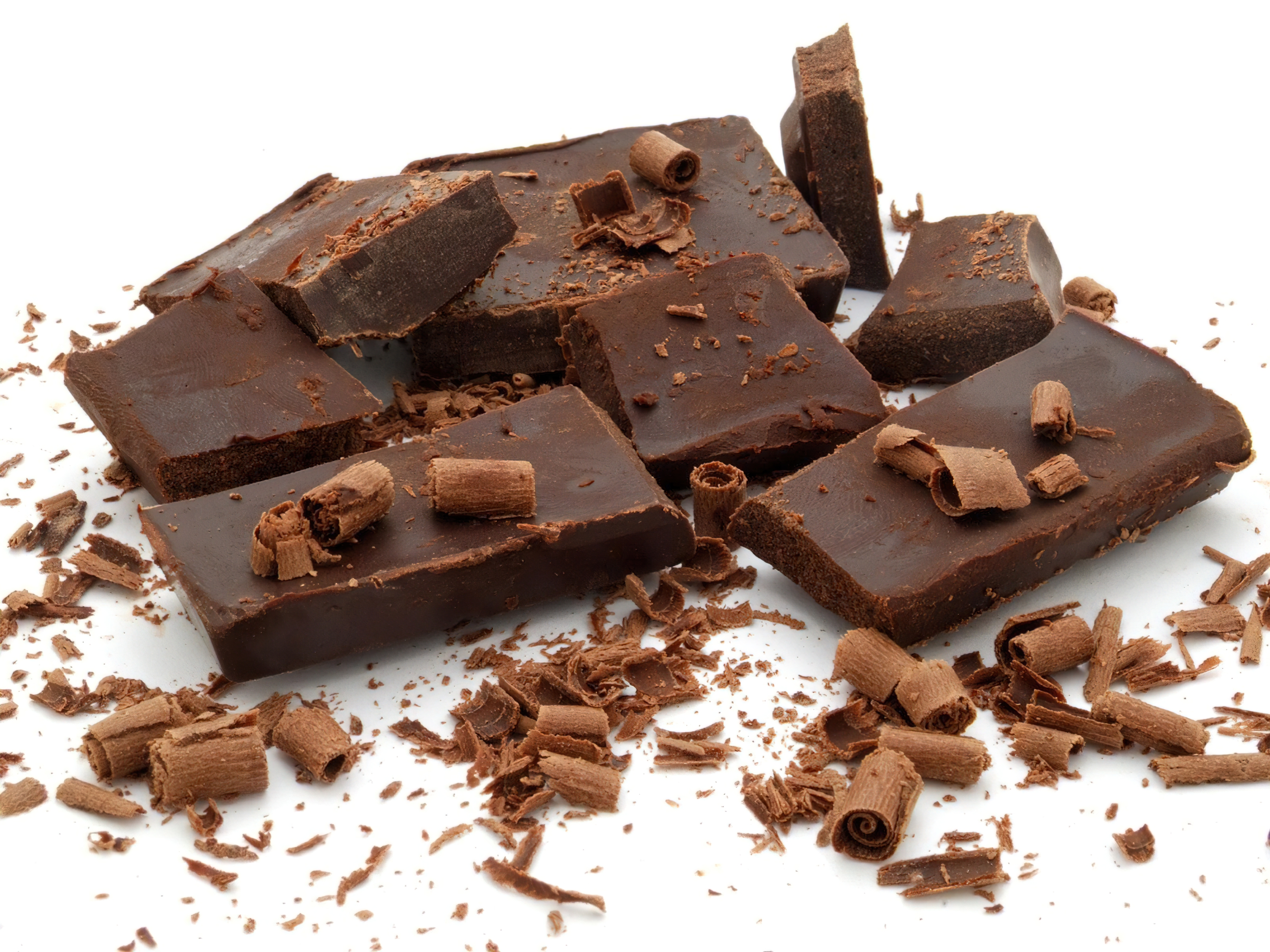
Quality matters when it comes to chocolate. Different types of chocolate have varying flavors and compositions, making them suitable for specific recipes. The most common types include:
- Unsweetened: Best for baking, as it contains no added sugar.
- Bittersweet: With a higher percentage of cocoa, it’s ideal for recipes requiring a rich chocolate flavor.
- Semisweet: A balanced option for various recipes, from cookies to cakes.
- Milk chocolate: Contains milk powder or condensed milk, making it creamier and sweeter.
Know the chocolate you need for your recipe and invest in high-quality options to ensure the best results.
Tempering Chocolate: A Crucial Technique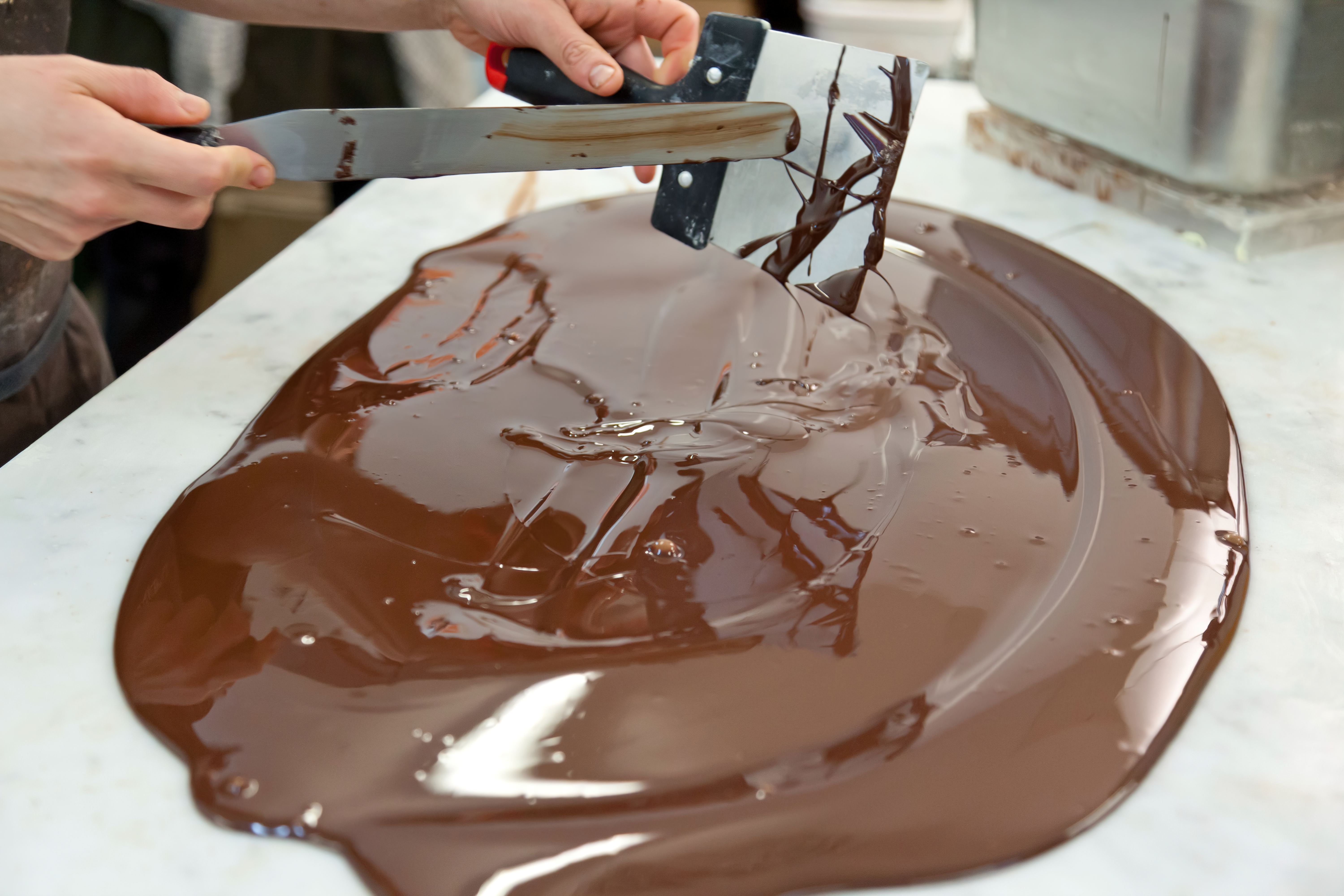
Tempering chocolate is a process that involves heating and cooling chocolate to stabilize its cocoa butter crystals. This results in a shiny appearance and a crisp snap when broken. Tempering is essential for recipes requiring melted chocolate, such as chocolate-covered fruits or truffles.
To temper chocolate:
- Finely chop the chocolate and set aside 1/4 for later use.
- Melt 3/4 of the chocolate in a heatproof bowl over a pan of simmering water, ensuring the water doesn’t touch the bowl.
- Once melted, remove the bowl from the heat, and add the reserved 1/4 chocolate, stirring until melted.
- Monitor the temperature using a candy thermometer. Aim for 88-90°F (31-32°C) for dark chocolate, and 86-88°F (30-31°C) for milk and white chocolate.
- Maintain the tempered chocolate’s temperature by occasionally placing it over the simmering water.
Chocolate in Savory Dishes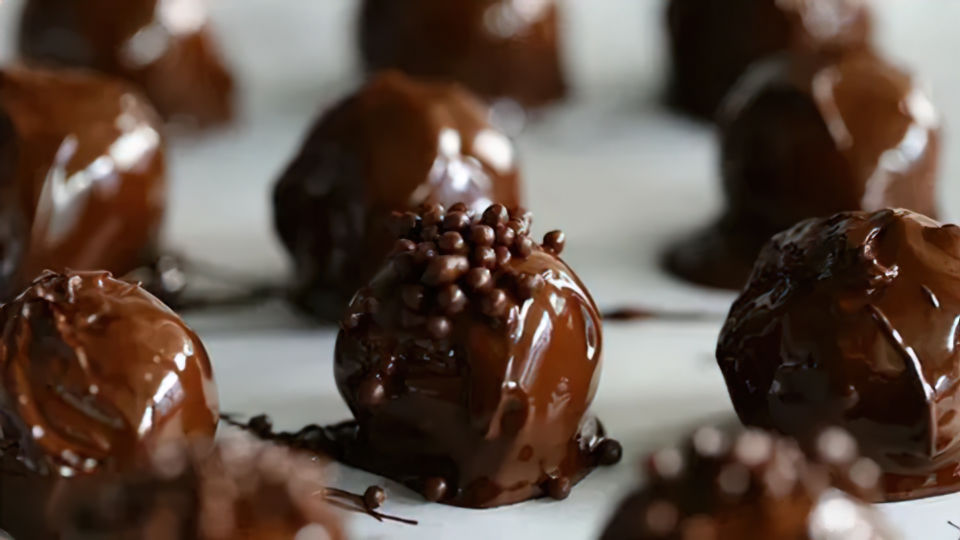
Incorporating chocolate into savory dishes can add depth and complexity to the flavors. For instance, mole sauce, a Mexican classic, includes chocolate as a key ingredient, providing a rich and earthy taste. To experiment with chocolate in savory recipes, start with small amounts, using dark or unsweetened chocolate.
Baking with Chocolate: Tips for Success
Baking with chocolate can yield heavenly results, but it requires precision and care. Keep these tips in mind for successful chocolate baking:
- Measure accurately: Use a scale for precise measurements, as this can impact the texture and flavor of your baked goods.
- Avoid overheating: When melting chocolate, use low heat and a double boiler to prevent scorching.
- Prevent seizing: Don’t introduce water or steam to melted chocolate, as this can cause it to seize and become grainy.
By mastering these tips and techniques, you’ll be well on your way to creating unforgettable chocolate creations in your kitchen. Happy cooking!
Cocoa Powder vs. Chocolate: Understanding the Difference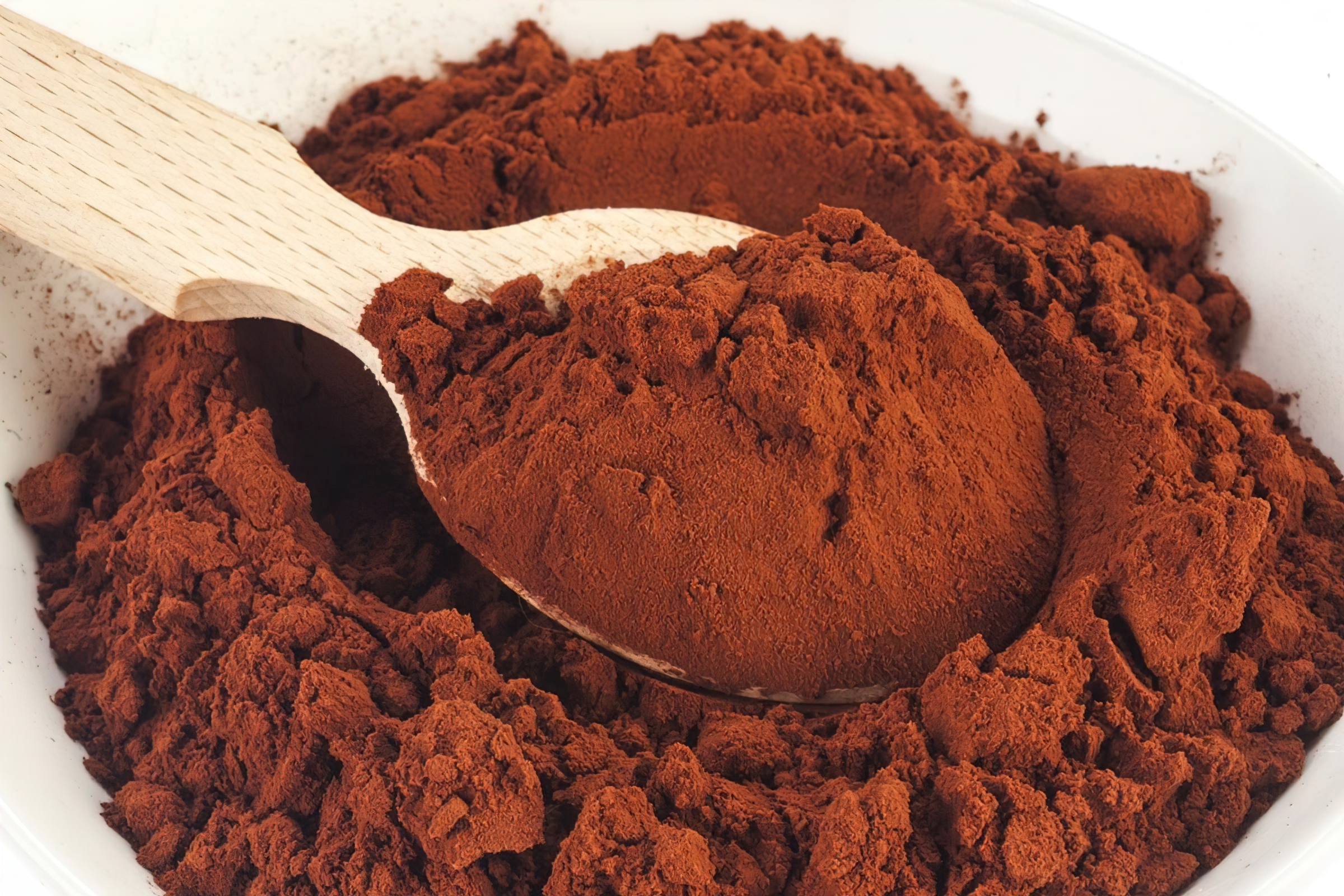
While both cocoa powder and chocolate come from the cacao bean, they serve different purposes in cooking. Cocoa powder is made by grinding the cocoa solids left after cocoa butter extraction. It is used to add flavor and color to baked goods, hot chocolate, and other recipes. Chocolate, on the other hand, includes cocoa solids, cocoa butter, and sugar.
When substituting one for the other, remember that cocoa powder has a more concentrated flavor and lacks the added fat from cocoa butter. To substitute cocoa powder for chocolate, you may need to adjust the recipe’s fat content to achieve the desired texture.
White Chocolate: A Unique Alternative
White chocolate, made from cocoa butter, sugar, and milk solids, offers a unique flavor profile and can be used in a variety of recipes. It pairs well with fruits, nuts, and spices, making it a versatile choice for desserts. White chocolate can be tempered and used similarly to dark and milk chocolate, but be cautious when melting it, as it can burn easily.
Troubleshooting Common Chocolate Issues
Cooking with chocolate can sometimes present challenges. Here are some common issues and their solutions:
- Chocolate bloom: White streaks or spots on chocolate are due to cocoa butter or sugar rising to the surface. While it’s safe to eat, it affects the appearance. Store chocolate in a cool, dry place to prevent blooming.
- Over-whipped ganache: Over-whipping can cause ganache to become grainy. To fix it, gently heat the ganache while stirring until it becomes smooth again.
- Curdled chocolate mousse: This occurs when the chocolate and egg mixture are not combined at the right temperature. To avoid this, ensure both mixtures are at room temperature before combining.
Storing Chocolate: Tips for Longevity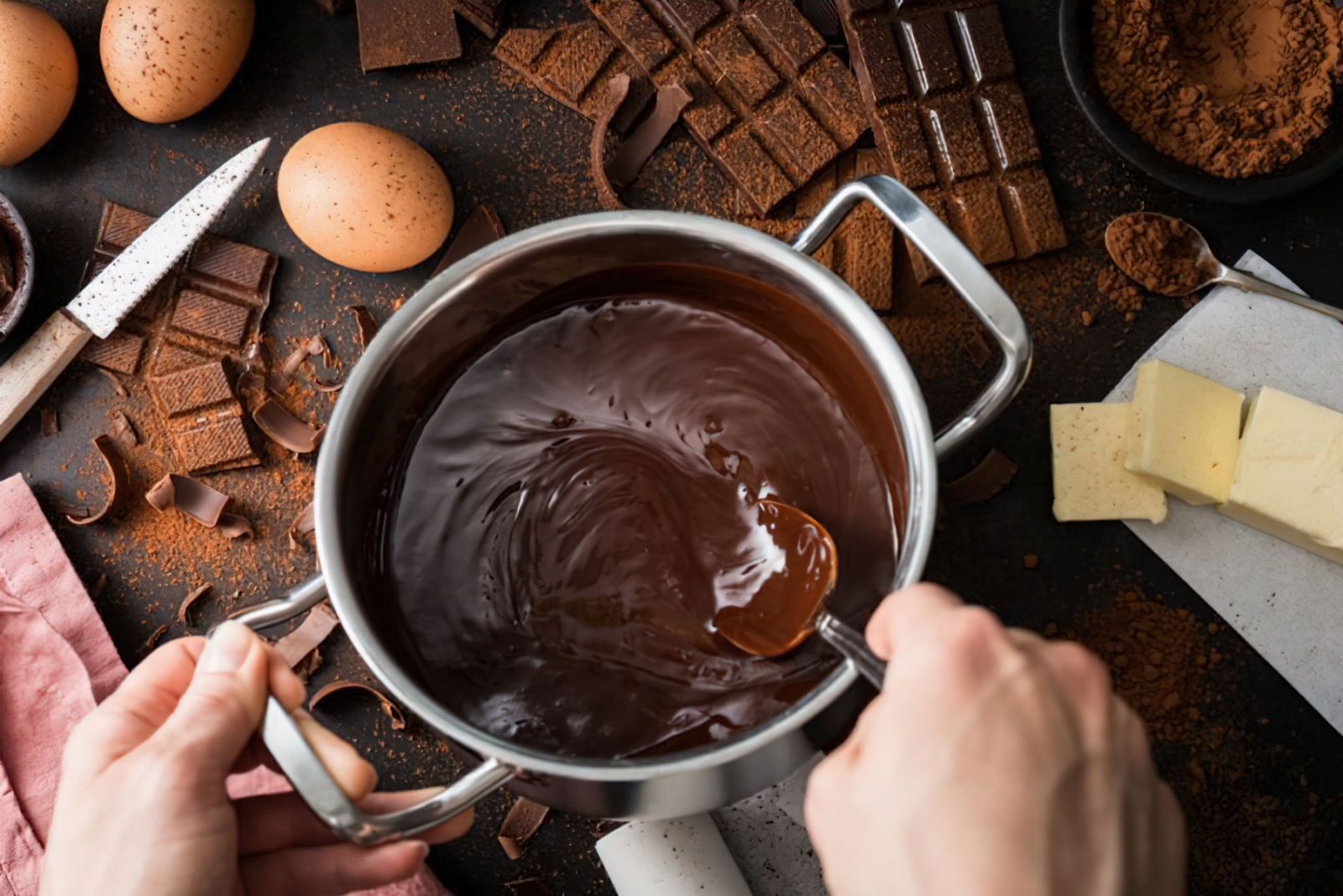
Proper storage is essential for maintaining chocolate’s quality. Keep chocolate in a cool, dry place, away from strong odors, and at a consistent temperature (around 65°F or 18°C). When storing chocolate for an extended period, wrap it tightly in plastic wrap or aluminum foil and place it in an airtight container. This will prevent it from absorbing odors and moisture.
In conclusion, cooking with chocolate is an exciting and rewarding journey. By understanding the different types of chocolate, mastering key techniques like tempering, and exploring its versatility in both sweet and savory dishes, you’ll be able to create mouthwatering, memorable recipes. Enjoy the process and indulge in the delicious results!